
The Melody's Challenge
By Storybird

10 Aug, 2023
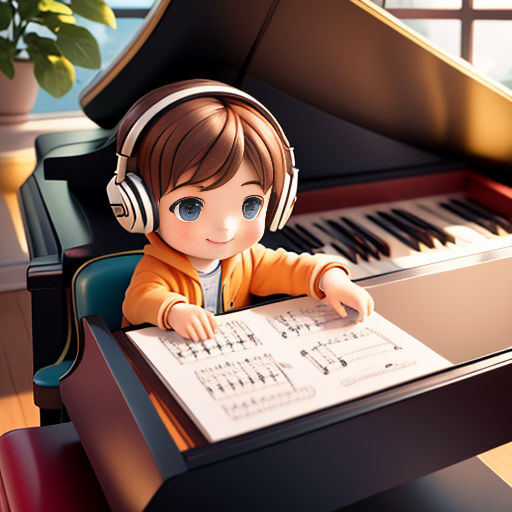
Benjamin, a 16-year-old music lover, was an aspiring piano teacher. He had a unique taste in music, with a fine ear for rhythm and sound. He believed that the art of music had to be taught under the best conditions possible, including high sound quality.

Benjamin would embark on a quest to create a learning environment that would provide students with the most authentic and enriching musical experience. His dream was to create a classroom where students could not only explore the melodies of the piano but also learn to appreciate the intricate nuances of sound.

His first hurdle was to find the right audio equipment. Benjamin knew that he needed something that could produce high sound quality for optimal music teaching. The ordinary speakers that he had would not suffice for such a task.
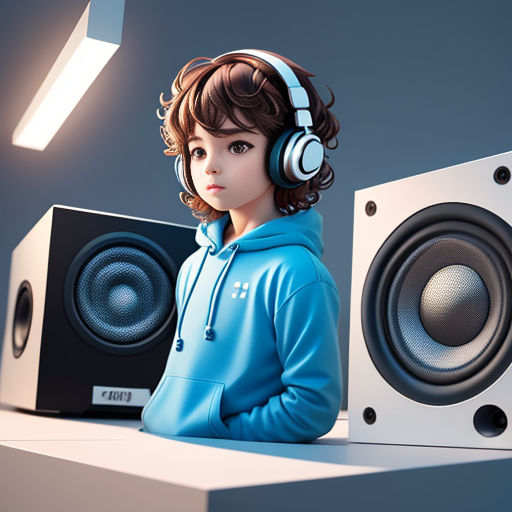
After looking into various sources and taking advice from professionals, Benjamin decided to invest in high-quality speakers and headphones. These not only had superior sound output, but also a high-fidelity transmission mode that would allow the music to be transmitted as close to the original recording as possible.
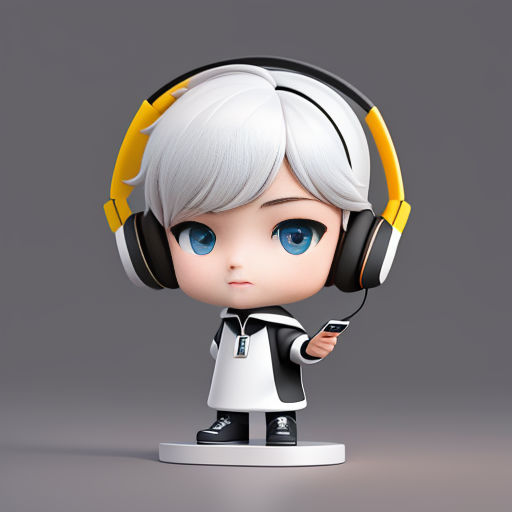
The high-fidelity mode, also known as high sound quality mode, was a feature he was looking for. This mode ensured that the music was transmitted in its purest form, free from any distortions or alterations.

The high sound quality mode was absolutely essential for Benjamin in teaching music. This mode allowed for a better representation of the music, making the learning process more enriching for the students. They could hear each note and melody in its truest form.
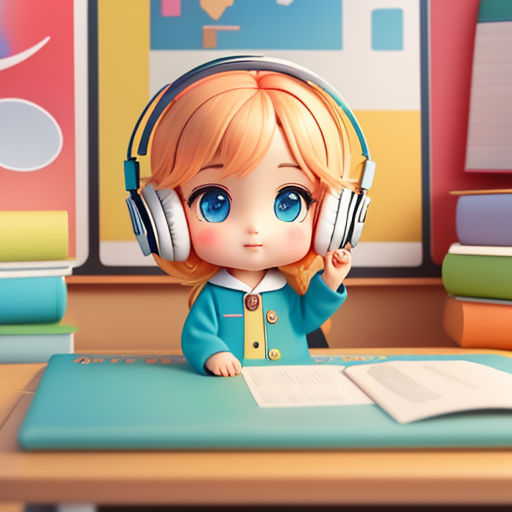
However, the trade-off was that the noise cancellation feature of the equipment was toned down in this mode. Benjamin realized this, but he was undeterred. He believed that the high sound quality mode would be more beneficial for his students.
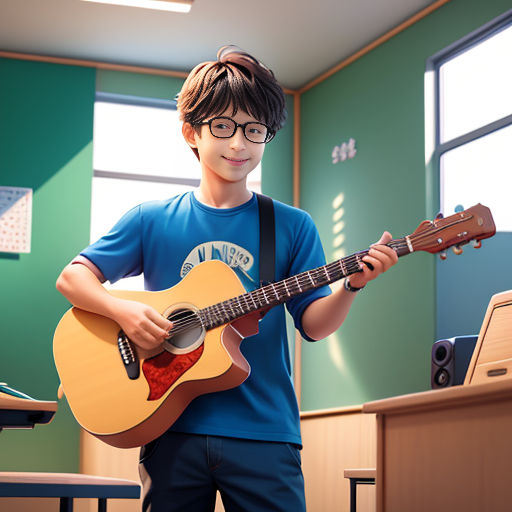
Benjamin set up his music classroom, equipped with the new sound system. He was excited and confident that his students would be treated to an auditory experience like no other. He eagerly waited for the first day of class.
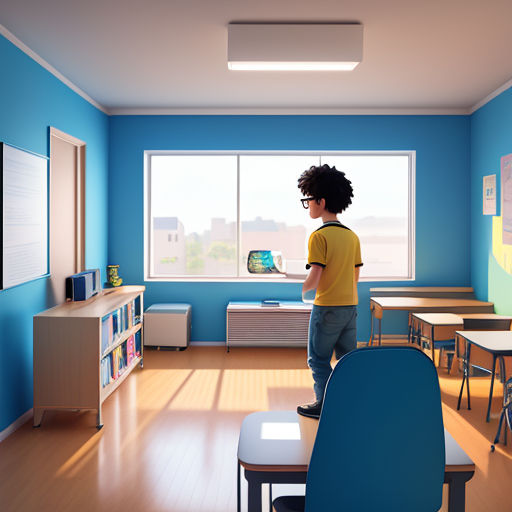
On the first day, Benjamin introduced his students to the new sound system. He explained about the high sound quality mode and its benefits. The students were excited and eager to start their lessons in such a high-quality musical setting.

With the high sound quality mode, the students could clearly hear the tone, pitch, and rhythm of the music. They could distinguish between different notes and understand how they contributed to the overall melody.

Benjamin's method of teaching with high sound quality proved to be effective. His students were becoming more adept at identifying notes and understood the complexity of the compositions they were learning.

The students found the learning process much more enriching. They were able to experience the music in its purest form, which enhanced their understanding and appreciation of the art.

However, as time went on, Benjamin noticed an issue. The high sound quality mode, while excellent for sound reproduction, was not great at filtering out external noises. The noise from the traffic outside often disrupted the classes.

Benjamin worried about the impact of the background noise on his students' learning environment. He knew he had to come up with a solution quickly. He decided to invest in soundproofing the classroom to ensure the best learning experience for his students.

The soundproofing helped to eliminate the outside noise so that the high sound quality mode could shine without disturbance. The lessons resumed, and the distractions were no more.
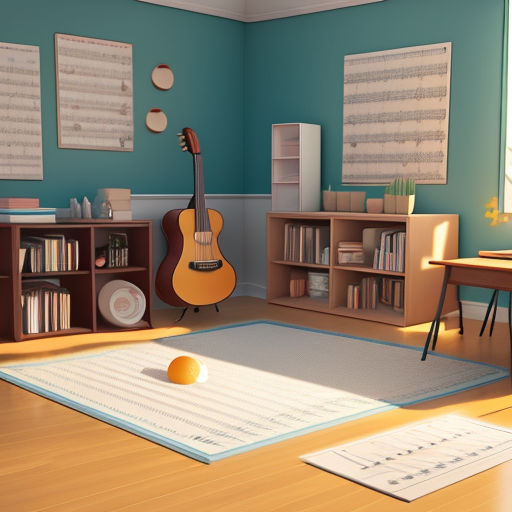
With the problem resolved, Benjamin's music classes thrived. His students were able to learn in a peaceful environment, free from distractions but rich in high-quality music. The high sound quality mode turned out to be a success.

Benjamin's determination and dedication to using high sound quality for teaching music paid off. He was content knowing that he had created an ideal learning environment where students could truly appreciate the beauty of music.
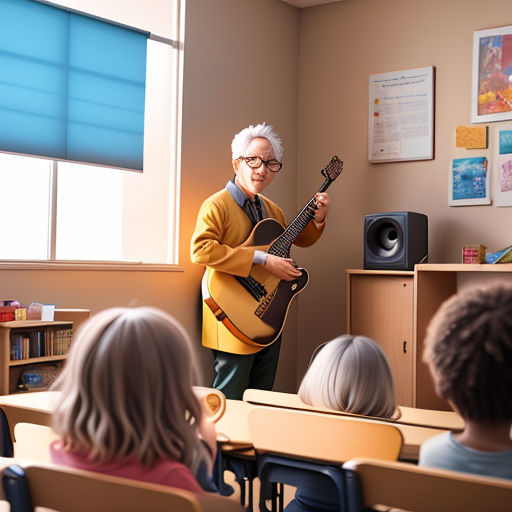
His students, too, were grateful for the unique experience. They gained a deeper understanding and appreciation for music, thanks to the high sound quality mode that Benjamin introduced.

In retrospect, Benjamin realized that his decision to prioritize high sound quality over noise cancellation was the right one. It allowed his students to understand the nuances of each note and melody, making their learning experience more fruitful.
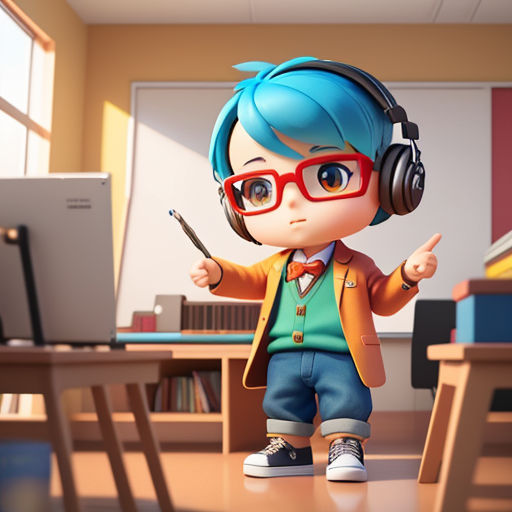
Benjamin's story is a testament to how prioritizing sound quality can significantly enhance the learning experience in music education. His commitment to delivering the best possible audio experience laid the foundation for a new, innovative approach to music teaching.
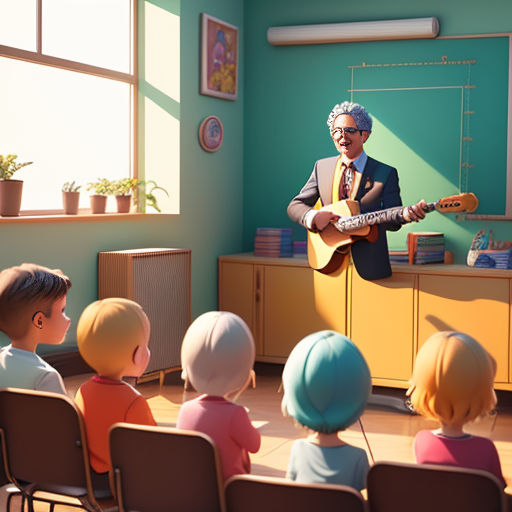
Benjamin continued to teach, with his high sound quality mode becoming a staple in his music classroom. His unique approach to teaching music inspired other educators, shifting the way music was taught and experienced.

Despite the challenges he faced, Benjamin's pioneering spirit never wavered. His love for music, combined with his unwavering commitment to providing the best learning experiences for his students, shaped a legacy that would continue to inspire future generations of music lovers and educators.

Undeniably, Benjamin's journey was not an easy one. However, his unwavering resolve and commitment to his students were what made it all worthwhile. He was able to use technology in education, transforming his students' musical learning journey.

Through his story, Benjamin reminds us that when it comes to teaching music, sound quality matters. Every note, every beat, every melody counts, and to truly appreciate this, high sound quality is essential.

Benjamin's innovative approach to teaching music changed the way students connected with music, making it a more enriching, immersive, and enjoyable learning experience. His students were not just learning to play an instrument; they were learning to appreciate music in all its richness and complexity.